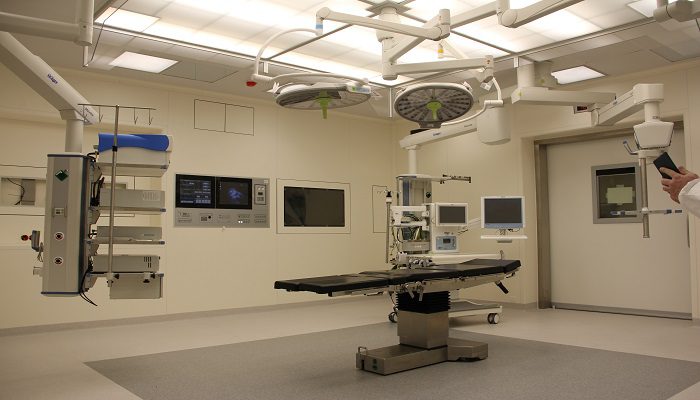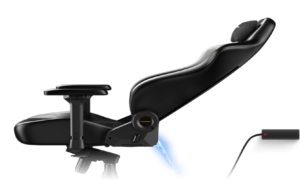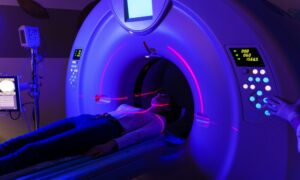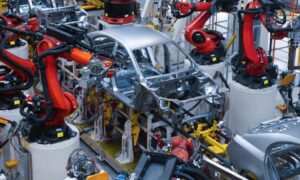Health technology refers to the entire medical practice that aims to meet the medical needs of individuals living in today’s world. Technological advancements have led to significant improvements in the medical field, which has resulted in the development of new technologies. The focus on technological advancements in health is two-fold: one is to create clinically investigated medical devices that are more capable of treating, monitoring, preventing and healing diseases; and the other is to make the entire medical practice more efficient and less costly. Technological innovations in health care have helped achieve these goals. To understand what some of these new technologies are, it is useful to have a look at the historical development of health technology.
One of the main purposes of health technology assessment is to identify and eliminate the obstacles that impede the effective implementation of a certain medical procedure or product. Health technology assessment assesses current practices and policies in order to determine the best ways to improve and expand them. For example, there are many obstacles that stand in the way of developing effective diagnostic tools, such as genetic testing, blood tests and ultrasound machines. Health technology assessment can therefore identify and provide solutions for such obstacles. Such obstacles may not be as simple as technical issues or as complicated as financial ones.
Another main objective of health technology assessment is to determine the cost-effectiveness of different medical procedures and products. The primary aim of such an assessment is to provide information on how well a particular medical process, product or equipment meets the requirements of the time, budget and geographical reach of a specific location. Different processes, products and equipment are evaluated depending on their efficiency and their cost-effectiveness. For example, the cost-effectiveness of maintaining a particular surgical procedure may be evaluated according to the number of incisions it requires, the amount of time the surgical process needs to be completed and the level of pain it entails. These factors affect the overall cost-effectiveness of a medical procedure.
A medical technologies assessment also provides valuable information on medical equipment that costs more than the benefits it yields. Thus, it helps determine the optimal use of health technology interventions, such as the use of expensive diagnostic tools and costly new medical devices. It is also important to evaluate and determine the extent to which current health interventions are efficient in their tasks. This can help provide a basis for future decisions regarding health technology interventions and their cost-effectiveness.
The three major components of health technologies assessment are cost-effectiveness, identification and measurement of risks and identification of opportunities. Cost-effectiveness refers to the ratio of cost against the benefit. Identification of risks refers to how much benefit is expected from using the intervention, while measurement of risks takes into account the potential for adverse events and therefore compares the value of the intervention to its potential cost. Opportunities for future benefit is measured by looking at how any given intervention could improve a country’s health, well-being or quality of life. Health technologies assessment can help identify such opportunities through a multi-pronged approach, covering both cost and benefits.
In conclusion, the three components described above constitute an important framework upon which to build a comparison of health technologies. Comparative effectiveness determines what technologies are most effective in meeting a particular health need, how they could be improved, and what steps should be taken to achieve their best potential. HTA guide coverage provides guidance on how to construct and maintain an effective HTA. It is an essential resource for those who are involved in health research, development, and policy.




































